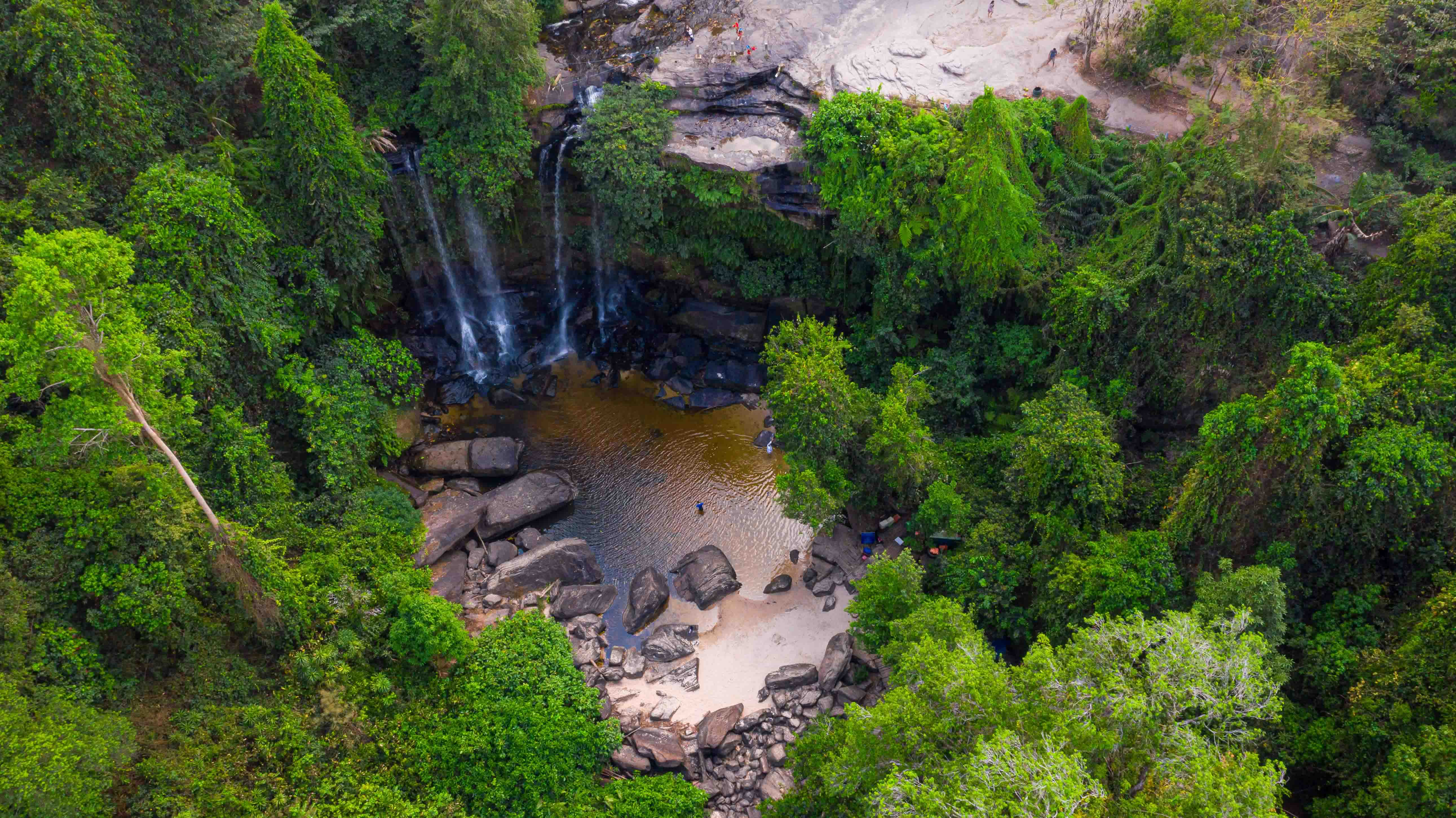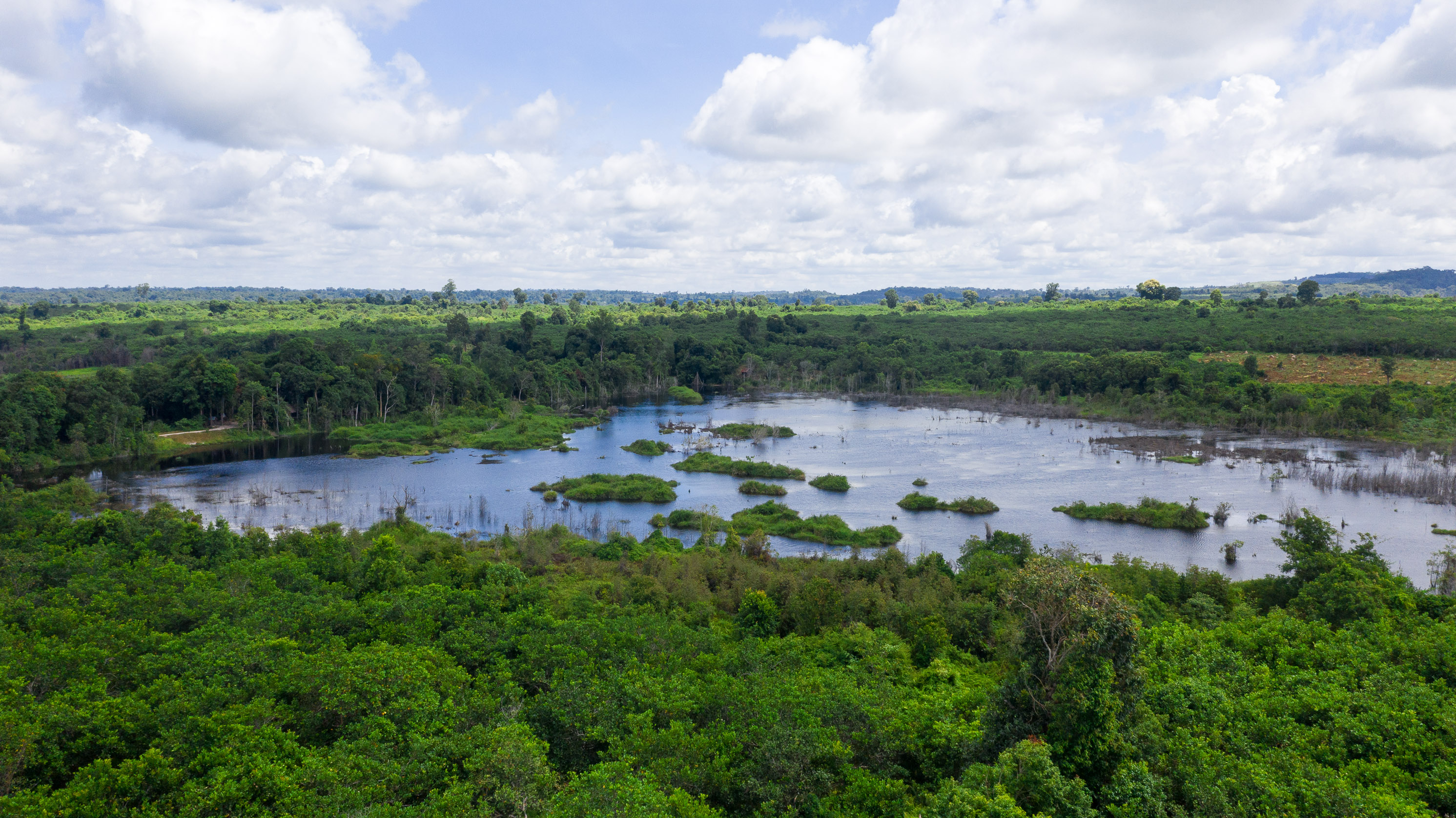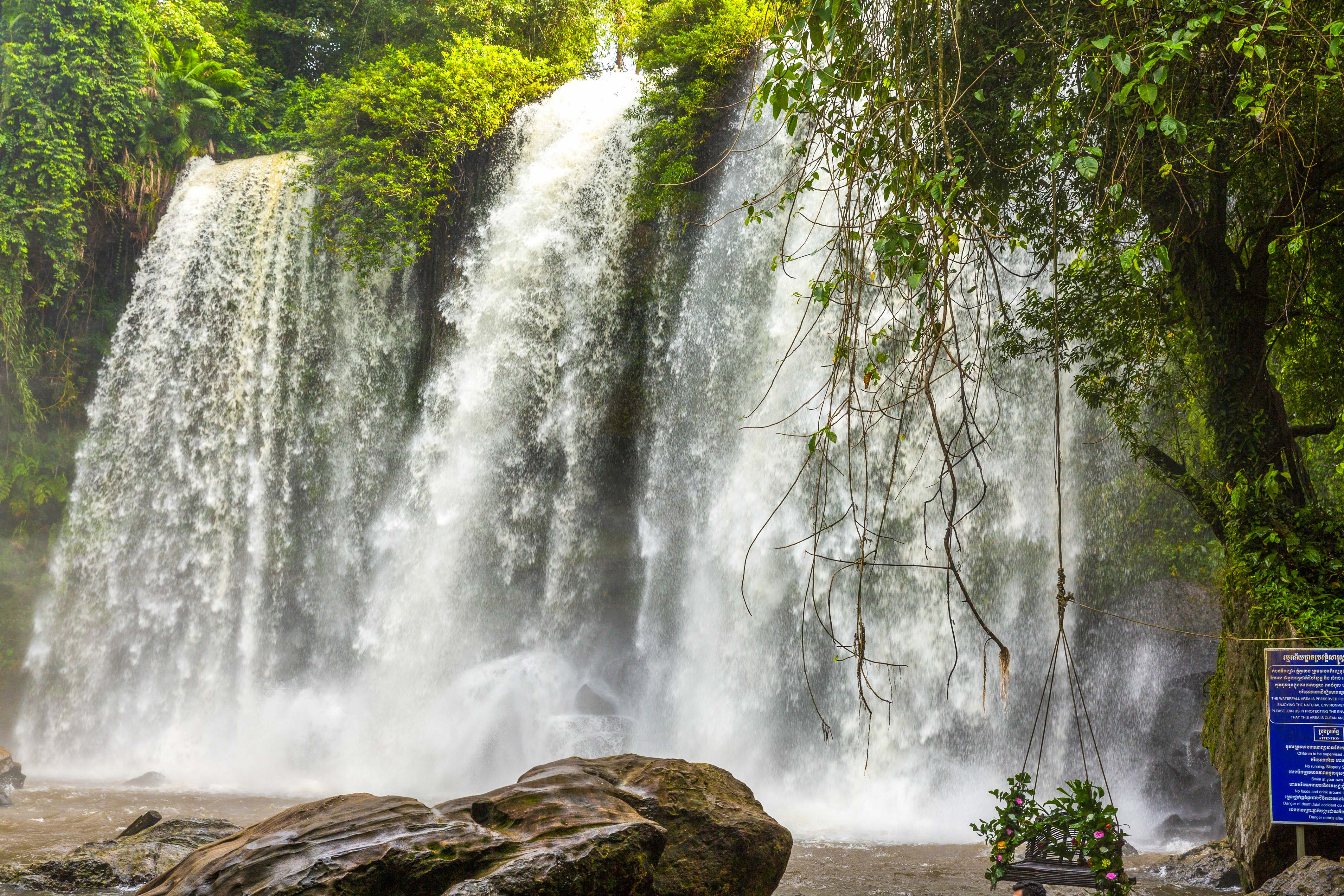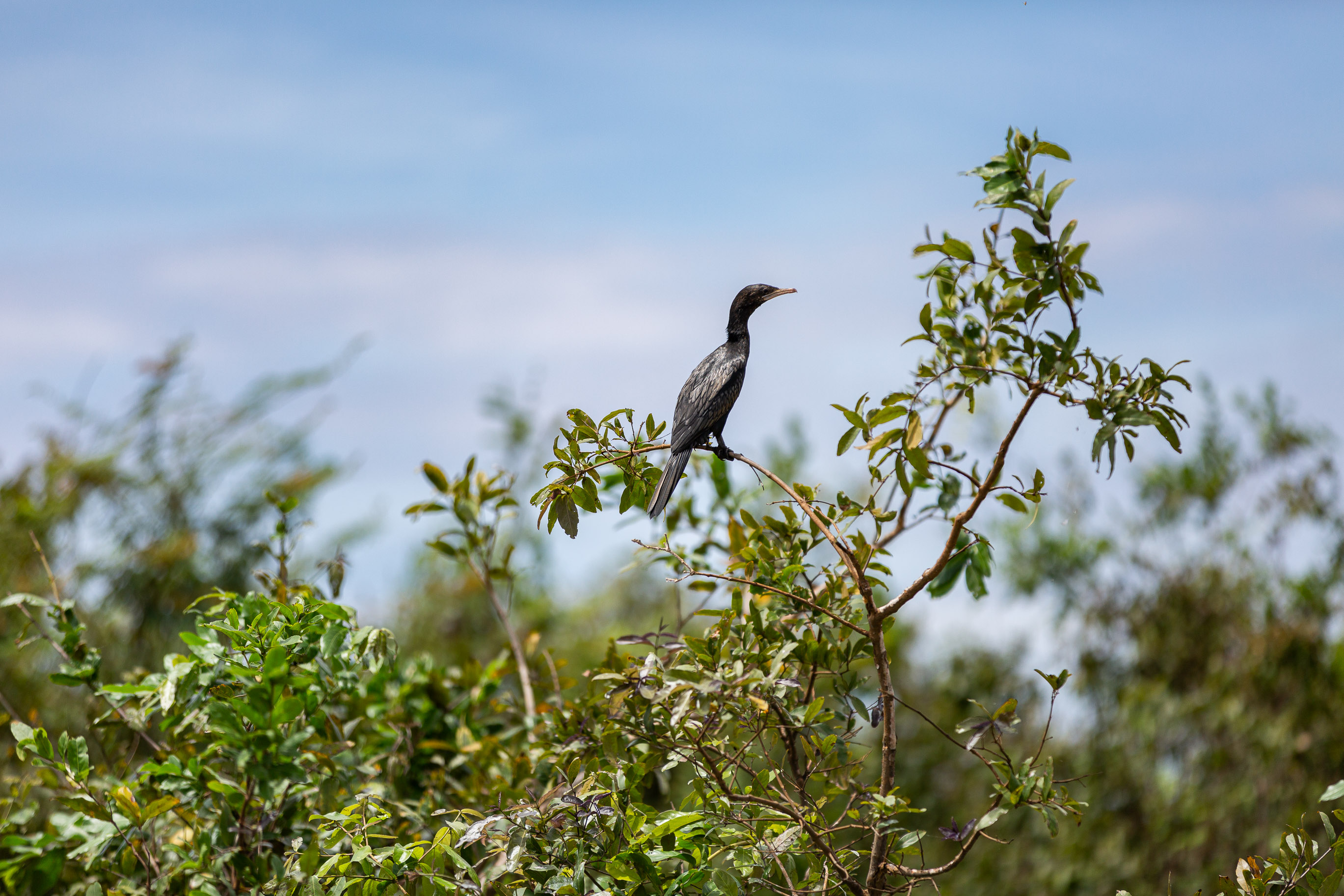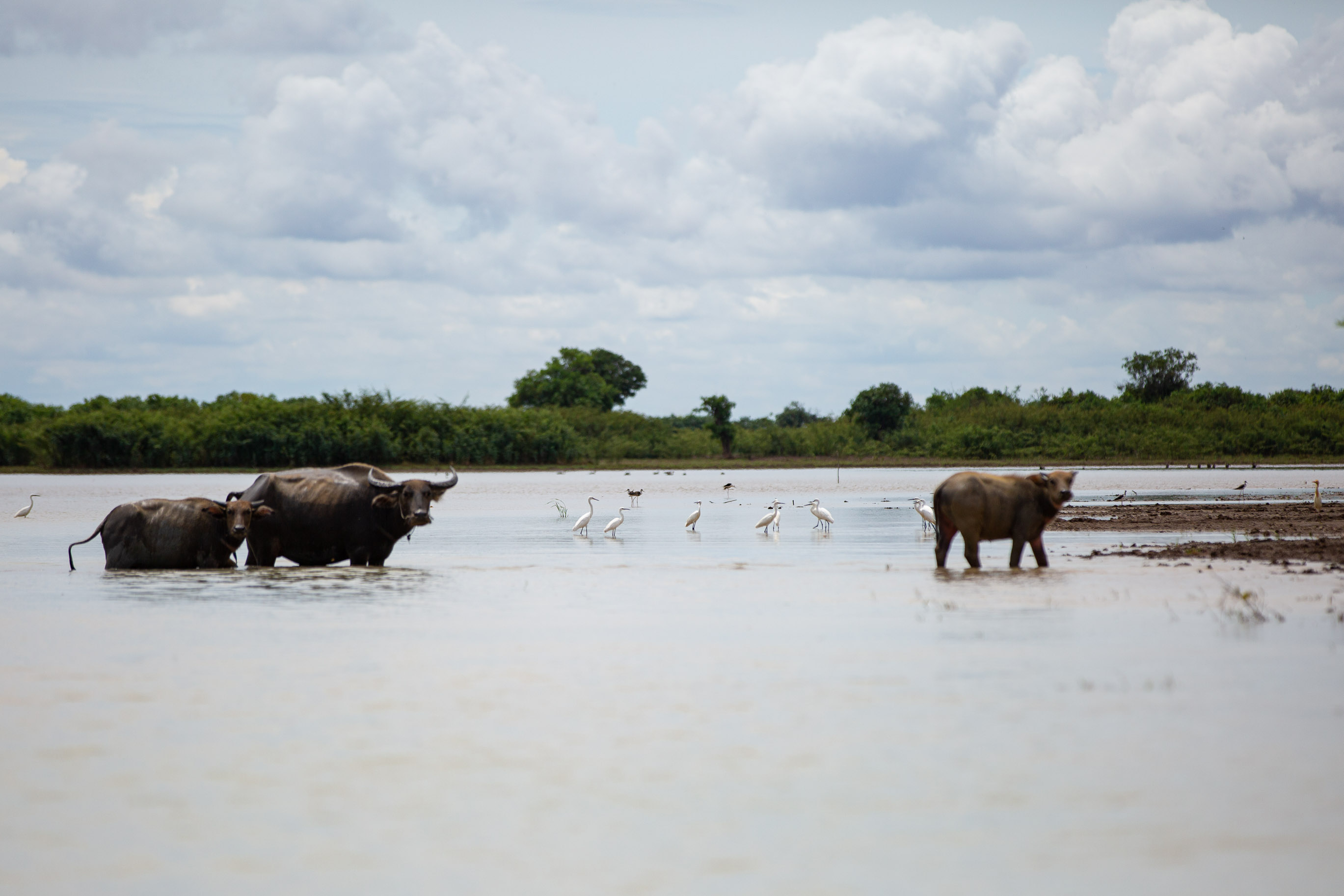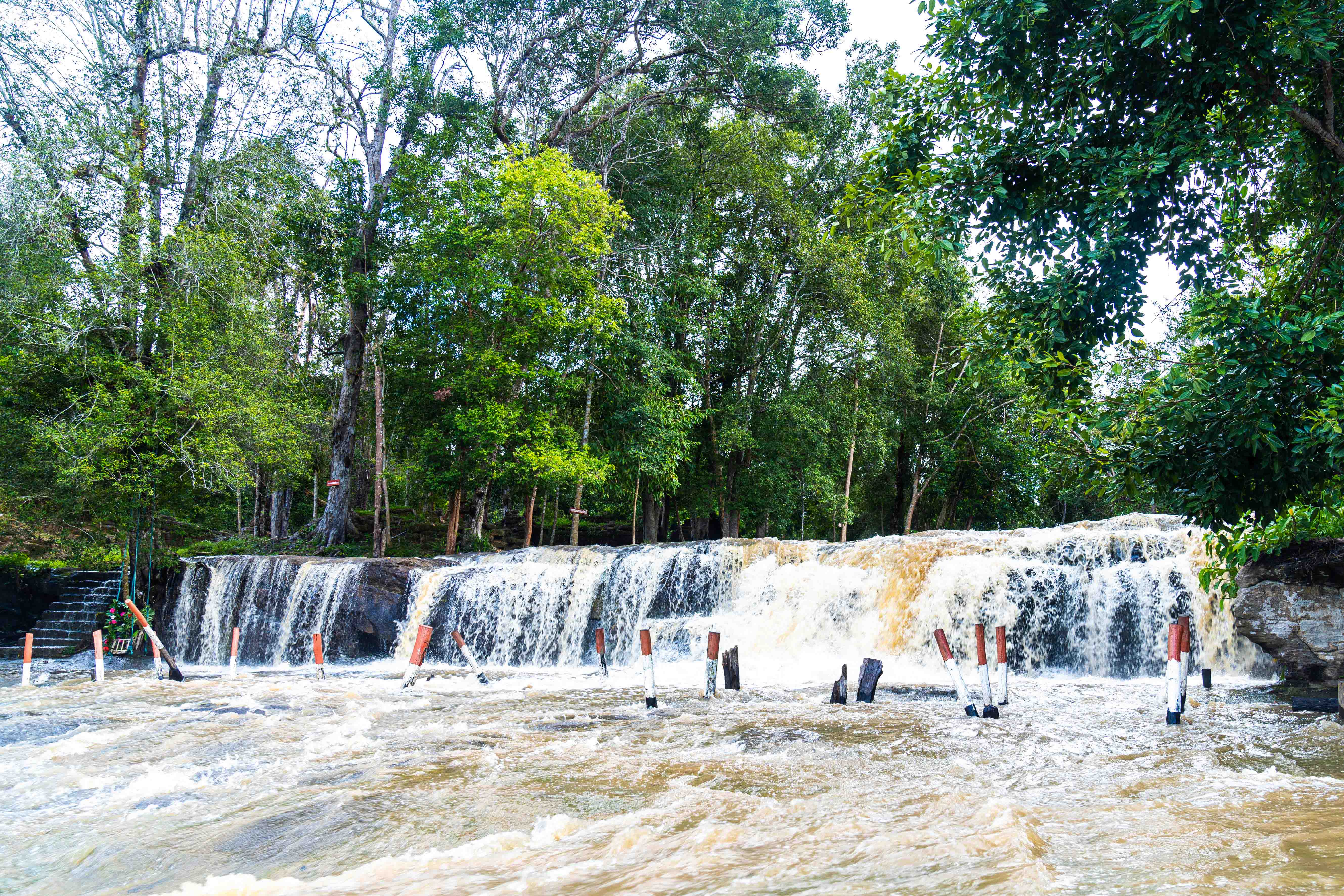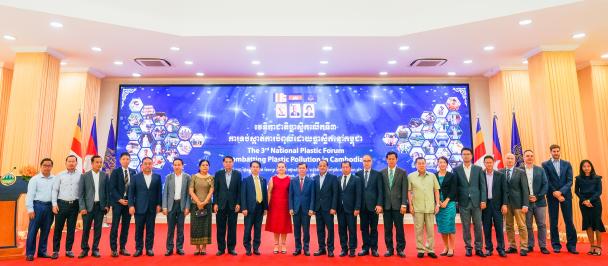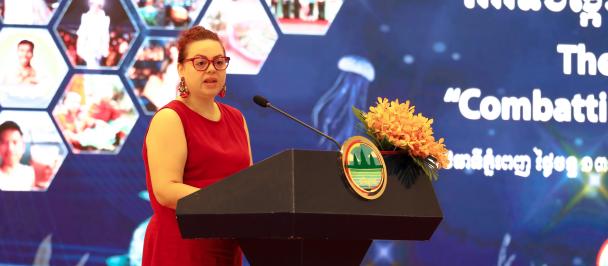Integrated Natural Resource Management (INRM)
Photo: Ratha Soy/UNDP Cambodia
Introduction
Cambodia is rich in biodiversity, and its world-renowned cultural heritage has been built on its natural heritage. The Northern region of Cambodia includes Angkor Wat and the surrounding monuments, which have been recognized as World Heritage due to their outstanding universal value are considered the largest assemblage of monuments globally. Angkorian Kings chose sites rich in resources to plan and construct an integrated complex of temples with water management at its core with good advice from sage scholars,. Historically, Angkor shows significant hydrological structures for water management dating back 500-900 years. Monuments have been built in locations rich in natural resources and created dynamic socio-ecological production landscapes. Ancient Angkorian water engineering shows a significant appreciation of the importance of water management as part of a sustainable production landscape and, as such, may provide significant lessons for modern integrated landscape management.
The northern landscapes of Cambodia effectively provided the staple diet of rice and fish to hundreds of thousands of people, which allowed Khmer culture to thrive. The significance of the agricultural and fisheries sectors in Cambodia is undisputed, and as such, water is a priority for consideration in landscape management. We have a historical production landscape that should provide positive lessons, however, Cambodia’s strong wet and dry season variances and reliance on the water, make it especially vulnerable to climate change. Surrounding forest and non-timber forest products have been valuable resources that play a significant role, but it is the role of water that is culturally and socio-economically most significant. The interrelationships between natural resources such as forests and water have a long history, and there seem to be ebbs and flows in forest cover based on human use in the past. There has been rapid degradation and loss of natural resources over the past 10 years; however, Cambodia still maintains significant natural resources and significant forests.
Project Summary
This project aims to promote integrated natural resource management to ensure the conservation and sustainable use of biodiversity, natural resources, and ecosystems in the northern region of Cambodia. The intent is to generate multiple landscape benefits, including effective conservation of globally threatened species and high conservation forests, improve management of natural resources and ensure the maintenance of ecosystem services. INRM specifically aims to improve the management of protected areas by ensuring their financial stability, enhancing the northern region of Cambodia and the productivity of agricultural lands, and improving local livelihoods, all while utilizing water catchments from the northern landscape as a catalyst. By addressing threats to biodiversity and ecosystem services, INRM will harmonize socio-economic development, sustainable management of land, and natural resource and biodiversity conservation through an integrated management approach. Specific focus to strengthen policies and institutional capacity at the national and sub-national levels will ensure the integration of biodiversity and ecosystem services in the sector and socio-economic planning. Working at a landscape level will help ensure the conservation of species by establishing connectivity with a network of habitats and ecosystems.
Key Expected Outputs
- Systemic and institutional capacity for integrated landscape management; improved national frameworks and enhances institutional capacity as foundations for an integrated landscape approach to conserving biodiversity and sustainable use of natural resources.
- Effective integration of Protected Areas and surrounding riparian and multiple-use production landscapes in Northern Cambodia.
- Knowledge Management, gender mainstreaming, learning, M&E.
Main Activities:
- Review of existing policies and regulations to identify key gaps and opportunities to integrate PAs, biodiversity, ecosystem services and gender mainstreaming within broader landscape planning and management approaches;
- Review existing PA strategy to identify options and develop proposals for enhancing the role of PAs within the context of broader landscape planning and management;
- Review existing institutional arrangements and propose measures for improved coordination and decision support systems that promote the integration of PAs at the landscape level;
- Strengthen PA management planning to incorporate ecological considerations and connectivity, improve participation and cooperation of local people and sectoral stakeholders and incorporate PA concerns into regional planning and regulations; and
- Support the improvement of policies and regulations for mainstreaming biodiversity, ecosystem services and gender in sectoral planning and management that could be applied at a landscape level.
- Review the existing mechanisms, tools and guidelines developed for mainstreaming of biodiversity conservation and ecosystem services into national land-use master planning.
- Work with local authorities and stakeholders to identify appropriate tools and procedures to improve stakeholder participation in planning and management decisions at the national level; and
- Develop and support trialling of the new tools and procedures to enhance community and stakeholder participation in national land-use master planning within the landscape.
- Review the existing capacity and capacity needs of national and provincial land-use master planning processes in Cambodia and identify opportunities for mainstreaming biodiversity conservation, sustainable natural resources management and management of riparian ecosystems into such planning systems and institutional capacity needs.
- Conduct training to strengthen the capacity of key agencies and stakeholders (including IPs) in PA planning, management, monitoring and enforcement, mainstreaming riparian ecosystems and mainstreaming biodiversity and ecosystem services into sectoral and sustainable development policies. In particular, project staff will be trained to identify specific consultations procedures to ensure that there is free, prior and informed consent from communities and IPs to project decision-making processes.
- Identify key stakeholders from the Northern landscape to learn more about the strengths and weaknesses of the current land-use master planning processes through practical site visits and relevant meetings;
- Provide training to sub-national staff to facilitate the integration of biodiversity and ecosystem services into sub-national land-use planning; and
- Support transparent and participatory national land-use master planning in the project landscape as a pilot effort to test its effectiveness, identify key gaps and constraints and opportunities for further improvements.
Photo: Ratha Soy/UNDP Cambodia
Photo: Ratha Soy/UNDP Cambodia
Photo: Manuth Buth/UNDP Cambodia
Photo: Manuth Buth/UNDP Cambodia
Photo: Kimheang Tuon/UNDP Cambodia
For more photos, see our Flickr album

 Locations
Locations
